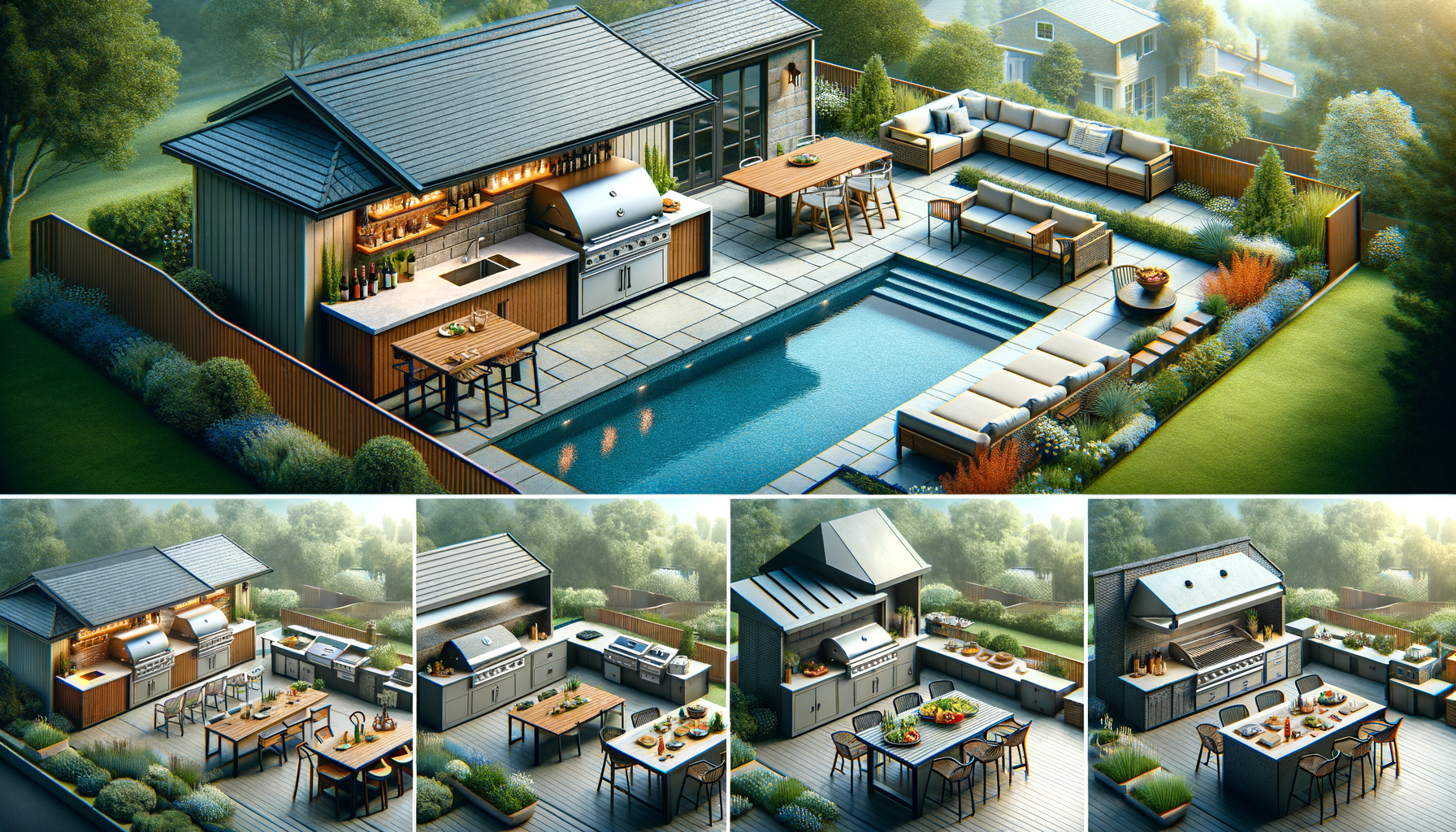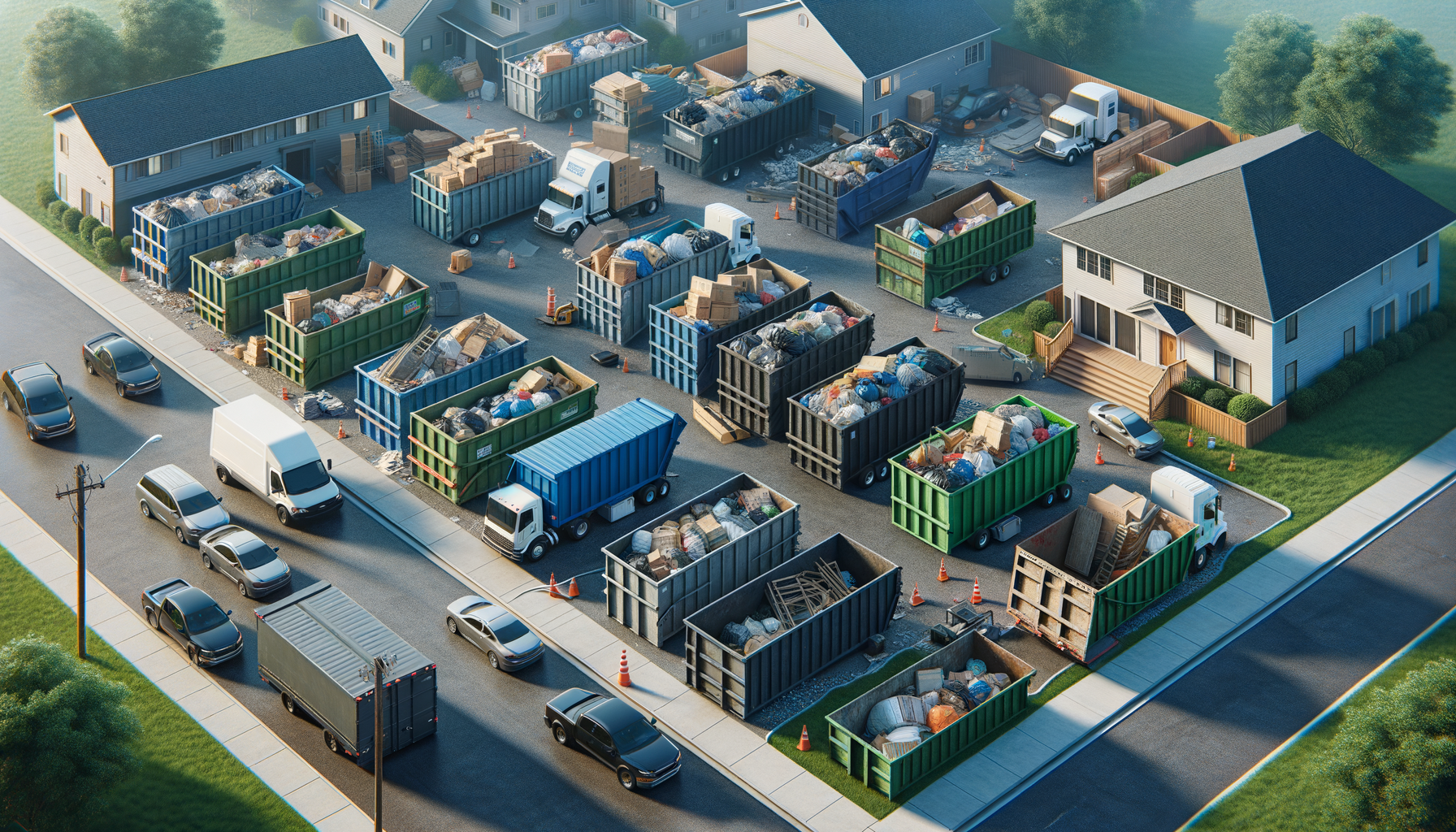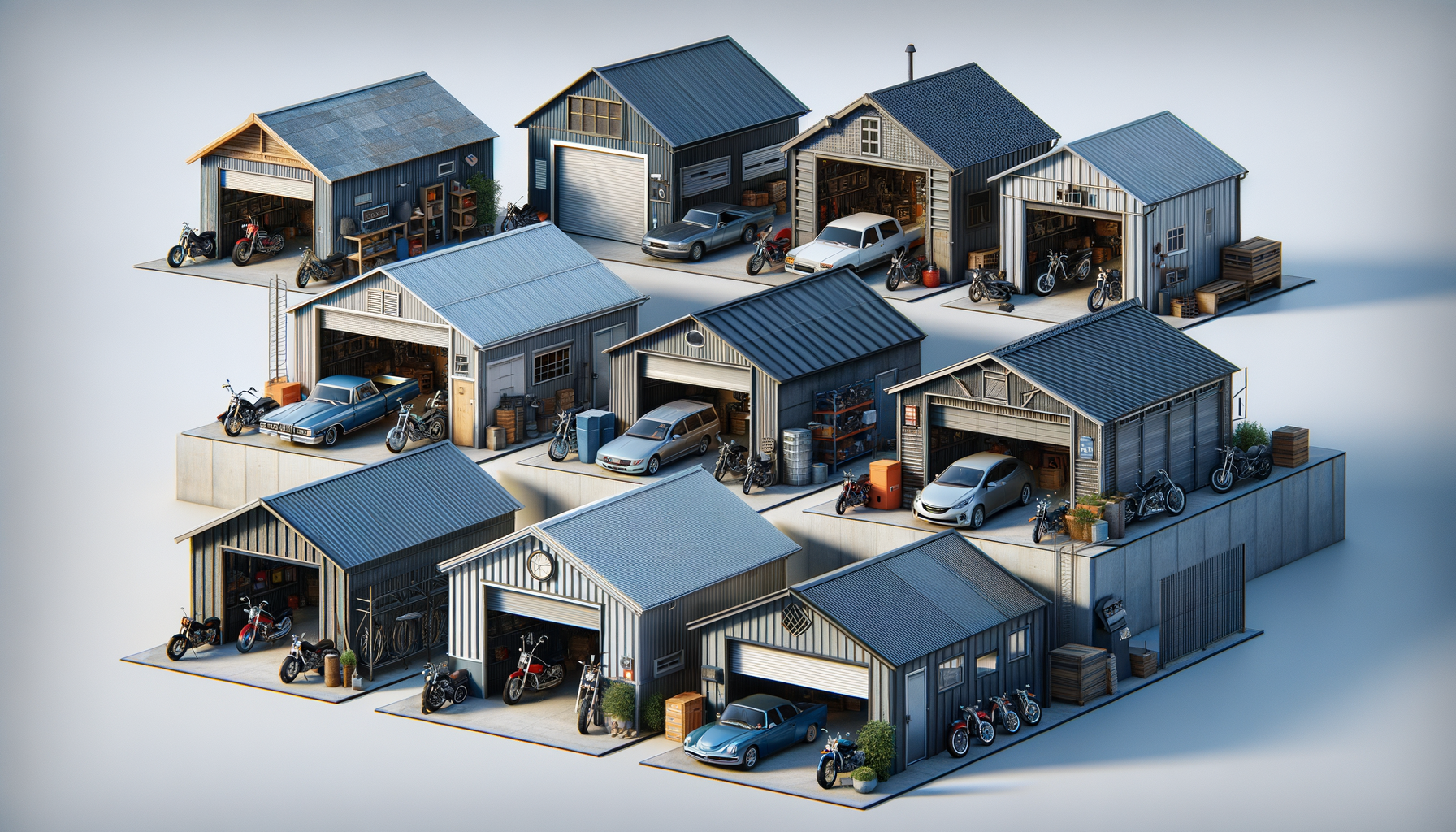Understanding Prefabricated Outdoor Kitchens
Prefabricated outdoor kitchens are a popular choice for homeowners looking to enhance their outdoor living spaces. These ready-to-install units offer a blend of convenience and style, allowing you to enjoy the benefits of an outdoor kitchen without the hassle of a custom build. Prefabricated units are designed to be modular, meaning they can be easily assembled and adjusted to fit various spaces. They typically come with essential features such as grills, countertops, and storage, making them a comprehensive solution for outdoor cooking needs.
The appeal of prefabricated outdoor kitchens lies in their simplicity and efficiency. Unlike traditional custom-built options, prefabricated kitchens are manufactured in controlled environments, ensuring consistent quality and reducing the likelihood of construction errors. This manufacturing process also allows for quicker installation, often taking just a few days compared to weeks or months for custom builds. Additionally, prefabricated units are generally more cost-effective, providing a high-quality outdoor kitchen experience at a fraction of the price.
When considering a prefabricated outdoor kitchen, it’s essential to evaluate the materials used, as they significantly impact durability and maintenance. Common materials include stainless steel, which is known for its resistance to rust and weathering, and stone, which offers a natural aesthetic appeal. Both materials are excellent choices for outdoor environments, providing longevity and ease of maintenance. As you explore options, consider the layout and configuration that best suits your outdoor space and lifestyle, ensuring your new kitchen meets your culinary and entertainment needs.
Comparing Prefab and Custom Outdoor Kitchens
When deciding between a prefabricated and a custom outdoor kitchen, it’s important to weigh the pros and cons of each option. Prefabricated kitchens offer convenience and affordability, making them an attractive choice for many homeowners. However, custom kitchens provide a level of personalization and flexibility that prefab units cannot match. Understanding the differences between the two can help you make an informed decision that aligns with your needs and budget.
Prefabricated outdoor kitchens are known for their quick installation and lower costs. These units are mass-produced, which allows manufacturers to offer them at competitive prices. They also come with pre-determined layouts and features, which can be a limitation for those seeking a unique design. On the other hand, custom outdoor kitchens offer limitless possibilities in terms of design, materials, and features. Homeowners can work with designers to create a kitchen that perfectly fits their space and aesthetic preferences.
While custom kitchens offer unparalleled customization, they come with a higher price tag and longer construction times. The process involves detailed planning, design consultations, and skilled craftsmanship, all of which contribute to the overall cost. Additionally, custom kitchens may require permits and inspections, adding to the timeline. For those who prioritize a personalized touch and have the budget to accommodate it, a custom outdoor kitchen may be the ideal choice. However, for those looking for a more straightforward and budget-friendly option, prefabricated kitchens provide a practical and stylish solution.
Designing Your Outdoor Kitchen Space
Designing an outdoor kitchen involves more than just selecting appliances and materials; it requires careful planning to create a functional and inviting space. Whether you choose a prefabricated or custom kitchen, the layout and design should reflect your cooking style and entertainment preferences. Start by assessing the available space in your backyard and determining how you intend to use your outdoor kitchen.
Consider the following elements when designing your outdoor kitchen:
- Layout: The layout should facilitate easy movement and accessibility. Common layouts include L-shaped, U-shaped, and linear designs, each offering different advantages depending on your space and needs.
- Appliances: Choose appliances that align with your cooking preferences. Grills, smokers, refrigerators, and pizza ovens are popular choices, but your selection should depend on your culinary interests and frequency of use.
- Materials: Select materials that are durable and weather-resistant. Stainless steel and stone are popular choices for their resilience and aesthetic appeal.
- Seating and Dining: Incorporate seating and dining areas to encourage social interaction. Bar stools, dining tables, and lounge chairs can transform your kitchen into a multifunctional space for cooking and entertaining.
Lighting and ambiance are also crucial components of outdoor kitchen design. Proper lighting enhances safety and usability, while ambient lighting creates a warm and inviting atmosphere. Consider incorporating task lighting for cooking areas and softer lighting for dining spaces. By thoughtfully designing your outdoor kitchen, you can create a space that is both functional and aesthetically pleasing, enhancing your overall outdoor living experience.
Maintenance and Care for Outdoor Kitchens
Maintaining an outdoor kitchen is essential to ensure its longevity and continued enjoyment. Regular maintenance not only keeps your kitchen looking its best but also prevents potential issues that could arise from exposure to the elements. Whether your kitchen is prefabricated or custom, following a consistent maintenance routine can help protect your investment.
Here are some maintenance tips for outdoor kitchens:
- Cleaning: Regularly clean all surfaces, including countertops, grills, and appliances, to prevent the buildup of dirt and grime. Use mild, non-abrasive cleaners to avoid damaging finishes.
- Weather Protection: Protect your kitchen from harsh weather conditions by using covers for grills and appliances when not in use. Consider installing a pergola or awning to provide shade and shelter.
- Inspecting: Periodically inspect your kitchen for signs of wear and tear. Check for rust on metal surfaces, cracks in stone countertops, and any leaks in plumbing fixtures.
- Seasonal Maintenance: Perform seasonal maintenance tasks such as winterizing your kitchen if you live in a cold climate. This may include draining water lines and covering appliances to prevent damage from freezing temperatures.
By staying proactive with maintenance, you can extend the life of your outdoor kitchen and ensure it remains a functional and enjoyable space for years to come. Regular upkeep not only protects your investment but also enhances the overall experience of using your outdoor kitchen.
Conclusion: Choosing the Right Outdoor Kitchen for You
Choosing the right outdoor kitchen involves considering various factors such as budget, design preferences, and intended use. Prefabricated kitchens offer a practical and cost-effective solution for those seeking convenience and simplicity, while custom kitchens provide the opportunity for personalization and unique design. Both options have their merits, and the decision ultimately depends on your individual needs and lifestyle.
As you explore different outdoor kitchen options, consider how each aligns with your vision for your outdoor space. Evaluate the features and materials that are most important to you, and think about how you plan to use your kitchen. Whether you envision hosting large gatherings or enjoying intimate family meals, your outdoor kitchen should reflect your personal style and enhance your outdoor living experience.
Ultimately, the right outdoor kitchen is one that meets your functional requirements while adding value and enjoyment to your home. By carefully considering your options and planning your space, you can create an outdoor kitchen that serves as a centerpiece for entertaining and relaxation, bringing joy and satisfaction to your outdoor living area.



Leave a Reply